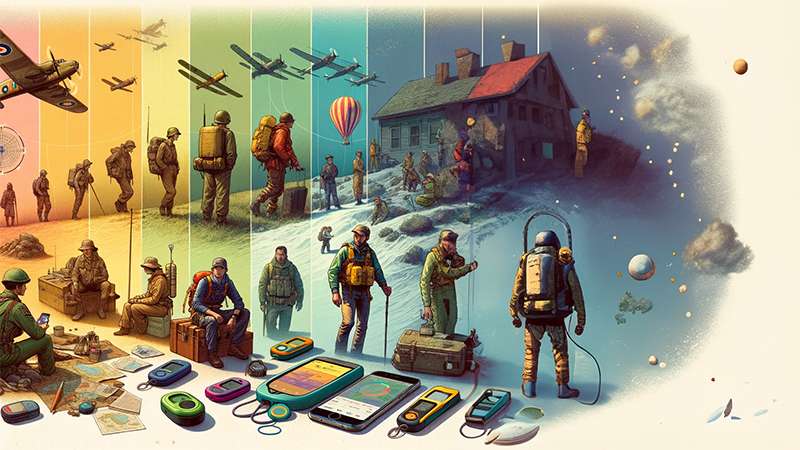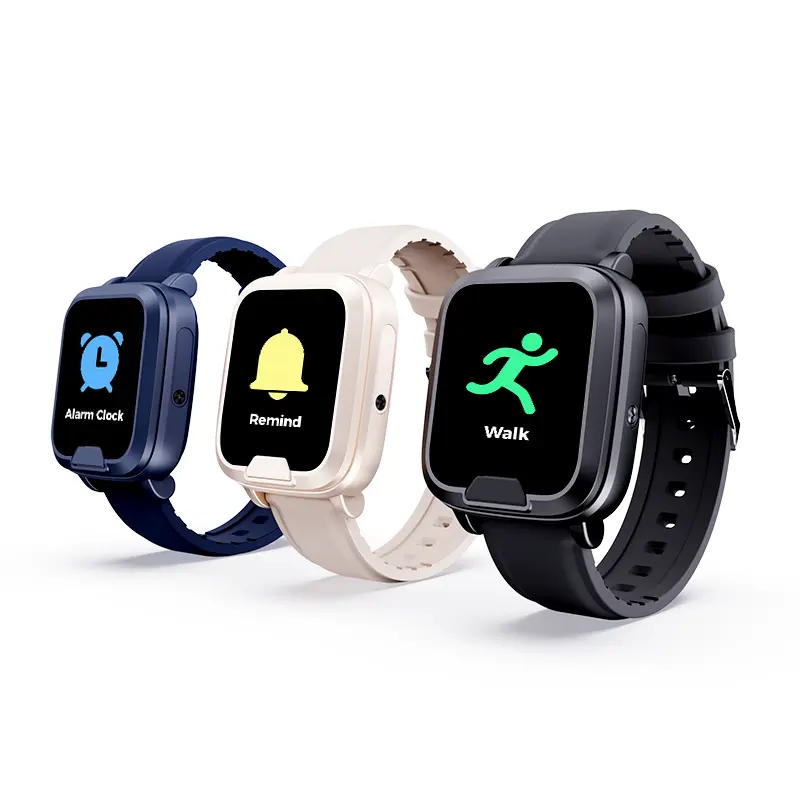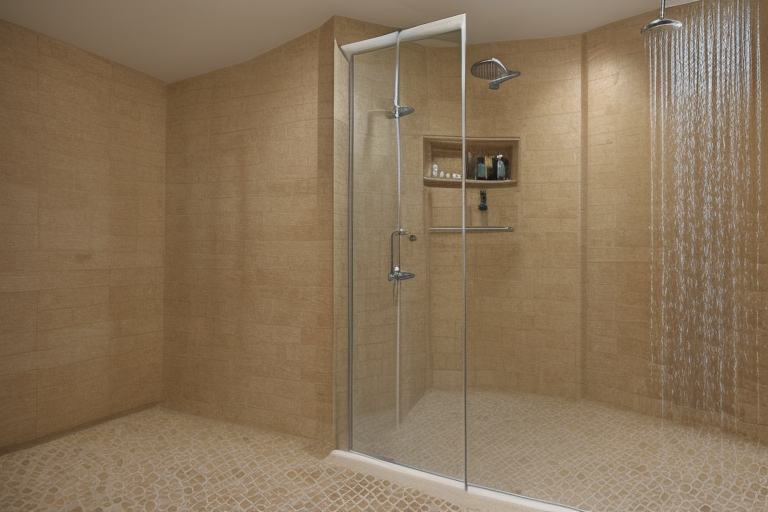Introduction: How do personal locator beacons work
Imagine getting lost in the wilderness, with no cell phone signal and no means of communication. It’s a scary thought. But what if there was a device that could pinpoint your location and alert emergency services? That’s exactly what a personal locator beacon does. The technology has been around for decades, but it’s only recently become more accessible and affordable for the general public. This article aims to provide an in-depth understanding of personal locator beacons, how they work, and their importance in today’s world.
Personal locator beacons, or PLBs, are small, handheld devices that are typically used in life-threatening situations where immediate assistance is needed. They send out a distress signal that can be picked up by a network of satellites, which then relays the information to local search and rescue teams. This could be in the middle of the ocean, on top of a mountain, or in the heart of a vast desert. Essentially, wherever you are on the planet, a personal locator beacon can help rescue teams find you.
But how does a personal locator beacon work? Who needs one and how do you use it? Can you fly with it and does it expire? This article will answer these questions and more.
What is a Personal Locator Beacon?
A personal locator beacon is a small, portable device that, when activated, sends out a distress signal to a global network of satellites. The satellites then relay the location of the beacon to local search and rescue teams, who can then locate and assist the person in distress. It’s important to note that personal locator beacons are not communication devices. They do not allow for two-way communication like a radio or a phone. Instead, they serve one purpose: to alert authorities to your location in an emergency.
Personal locator beacons work anywhere in the world, regardless of cell phone coverage. They rely on a network of satellites, not cell towers, to transmit their signal. This makes them an invaluable tool for adventurers, hikers, sailors, and anyone else who spends time in remote areas.
While PLBs are invaluable for those who frequent remote areas, they are also incredibly useful for those living in urban environments. In the event of a natural disaster, such as an earthquake or flood, PLBs can help emergency services locate individuals trapped under rubble or stranded in floodwaters.
Who Needs a Personal Locator Beacon?
The simple answer is that anyone who spends time in remote areas or participates in outdoor activities could benefit from a emergency beacon. Hikers, mountain climbers, skiers, boaters, and backpackers are all prime candidates for carrying a PLB. The beacon can be a lifesaver if they get lost, injured, or caught in severe weather conditions.
But it’s not just outdoor adventurers who can benefit from PLBs. People who live in areas prone to natural disasters, such as earthquakes, floods, or hurricanes, could also find them useful. In these situations, a personal locator beacon could mean the difference between life and death.
Personal locator beacons can also be useful for the elderly or people with medical conditions that might require immediate assistance. Having a PLB handy can provide peace of mind, knowing that help is just a button press away.
How Do Personal Locator Beacons Work?
Personal locator beacons work by transmitting a distress signal to a network of satellites orbiting the Earth. The signal includes the unique identifier of the beacon, as well as the location of the beacon, determined by a built-in GPS. The satellites then relay this information to local search and rescue teams.
When the beacon is activated, it sends out a signal on the 406 MHz frequency, which is monitored by the international search and rescue satellite system, known as Cospas-Sarsat. This system is made up of numerous satellites in both low-earth and geostationary orbits. These satellites are capable of detecting and locating the signals from personal locator beacons anywhere on the globe.
Once the beacon’s signal is detected by the satellites, the information is passed onto a ground station, known as a Local User Terminal (LUT). The LUT processes the signal, calculates the location of the beacon, and passes the information onto the relevant Mission Control Centre (MCC). The MCC then alerts the nearest search and rescue authorities, who can launch a rescue operation.
The Lifespan of Personal Locator Beacons: Do They Expire?
Like any electronic device, personal locator beacons have a lifespan. Most PLBs have a battery life of around five to seven years, and the manufacturers usually recommend replacing the entire unit after the battery expires. However, some models allow for the battery to be replaced, extending the life of the device.
It’s crucial to check the expiry date of your personal locator beacon and ensure it’s always in working order. The last thing you want is for the beacon to fail when you need it most. Regular testing, as per the manufacturer’s instructions, is also recommended.
While the battery life of a PLB is a consideration, it’s also important to note that the technology in personal locator beacons is constantly evolving. New models are often more efficient, have longer battery lives, and offer additional features. Therefore, even if your PLB hasn’t reached its expiry date, it might be worth upgrading if a newer model offers significant improvements.
How to Use a Personal Locator Beacon
Using a personal locator beacon is relatively straightforward. In an emergency, you simply activate the beacon, and it will start transmitting a distress signal. However, it’s essential to understand that a PLB should only be used in serious, life-threatening situations. The activation of a beacon triggers a significant response from search and rescue authorities, often involving helicopters, planes, and ground teams.
Before setting off on your adventure, make sure your personal locator beacon is registered with the relevant authorities. In the UK, for instance, PLBs should be registered with the UK Distress & Security Beacon Registry. This ensures that if your beacon is activated, the authorities have the information they need to launch a rescue.
In Australia PLBs should be registered with the Australian Maritime Safety Authority. This registration helps ensure that, in the event of an emergency, the relevant authorities have all the necessary details to initiate a swift and effective rescue operation. It’s also important to familiarise yourself with the beacon’s operation manual and understand how to properly activate it in case of an emergency.
When you activate your PLB, it’s important to ensure it has a clear view of the sky. This allows the beacon’s signal to reach the satellites. Once activated, the beacon should be kept on until rescue arrives. Turning off the beacon could make it harder for rescuers to locate you.
Can You Fly with a Personal Locator Beacon?
Yes, you can fly with a personal locator beacon. However, it’s important to note that each airline has its own rules and regulations regarding the transportation of PLBs. Therefore, it’s advisable to check with your airline before you travel.
In general, personal locator beacons must be carried in hand luggage and must not be activated during flight. This is because the activation of a PLB could interfere with the aircraft’s navigation systems.
Remember, while a PLB can be a lifesaver in an emergency on the ground, it’s not a substitute for following all safety procedures and regulations when flying.
Featured Product Reviews: Ocean Signal rescueME PLB1 and ACR ResQLink 400 Personal Locator Beacon
When it comes to choosing a personal locator beacon, there are many options available, but two products stand out: the Ocean Signal rescueME PLB1 and the ACR ResQLink 400 Personal Locator Beacon.
The Ocean Signal rescueME PLB1 is the world’s smallest PLB and is designed for ease of use. Despite its compact size, it offers a full feature set with a 7-year battery life, 7-year warranty, and a 24-hour operational life. It’s also waterproof and comes with a flotation pouch, making it suitable for sea-based adventures.
On the other hand, the ACR ResQLink 400 is a bit larger but offers additional features like a digital display that provides real-time status and GPS coordinates. Like the rescueME PLB1, it’s waterproof and has a 5-year battery life. It also includes an infrared strobe light, making it easier for rescuers to locate you in low-light conditions.
Both of these products are excellent choices for anyone in need of a reliable, sturdy, and easy-to-use personal locator beacon.
The Role of Personal Locator Beacons in Ensuring Safety: Real Life Stories
There are countless stories of personal locator beacons saving lives. One such story involves a hiker at Mount Owen, New Zealand who, after a successful summit, got lost on the descent due to poor visibility and a reliance on rock towers instead of a map. Realising the severity of their situation after several hours of trying to find their way, they activated their personal locator beacon. Within an hour, a rescue helicopter arrived
In another instance, a group of sailors were stranded in the Pacific Ocean when their yacht sank. They activated their personal locator beacon, and despite the vastness of the sea, rescuers were able to pinpoint their location and save them.
These stories highlight the importance of personal locator beacons and the crucial role they play in ensuring safety. Whether you’re an adventurer, a sailor, or simply someone who values safety, a PLB can be a lifesaver.
Conclusion: The Lifesaver in Your Pocket
In conclusion, a personal locator beacon is a small device that packs a big punch. It’s a lifesaver in your pocket, providing a lifeline when you need it most. Whether you’re hiking in the wilderness, sailing the open seas, or living in an area prone to natural disasters, a PLB can provide peace of mind and could potentially save your life.
Understanding how personal locator beacons work, who needs them, and how to use them is crucial for anyone considering purchasing one. And with products like the Ocean Signal rescueME PLB1 and the ACR ResQLink 400 available, there’s a beacon out there to suit everyone’s needs.
So whether you’re planning your next big adventure or simply want to be prepared for any situation, consider adding a personal locator beacon to your kit. It could be the most important piece of equipment you ever buy.










